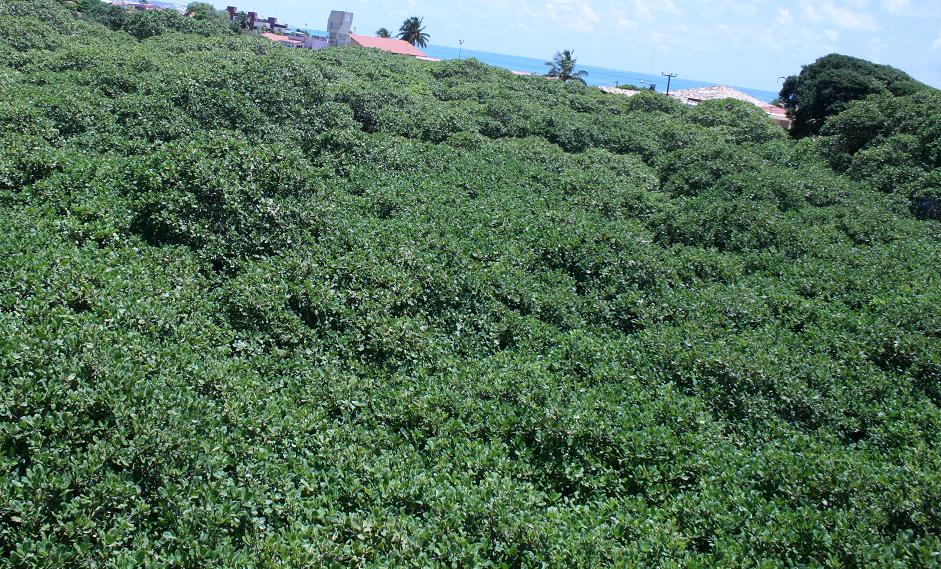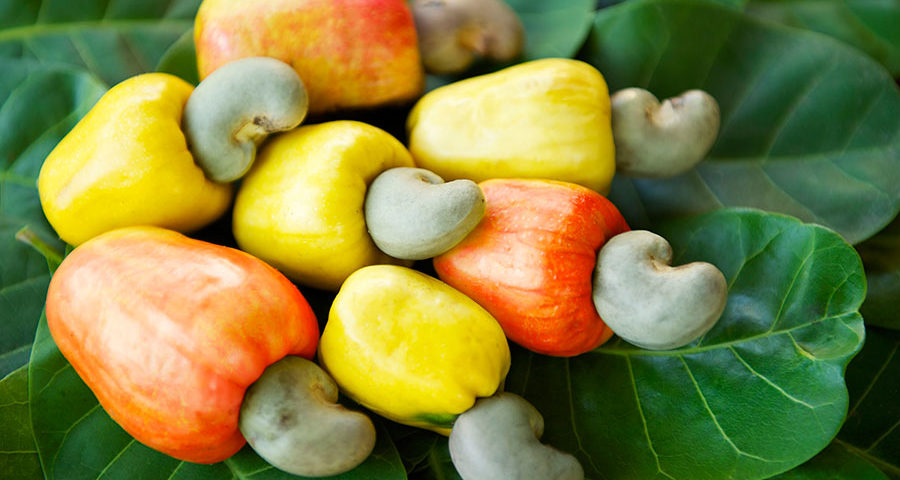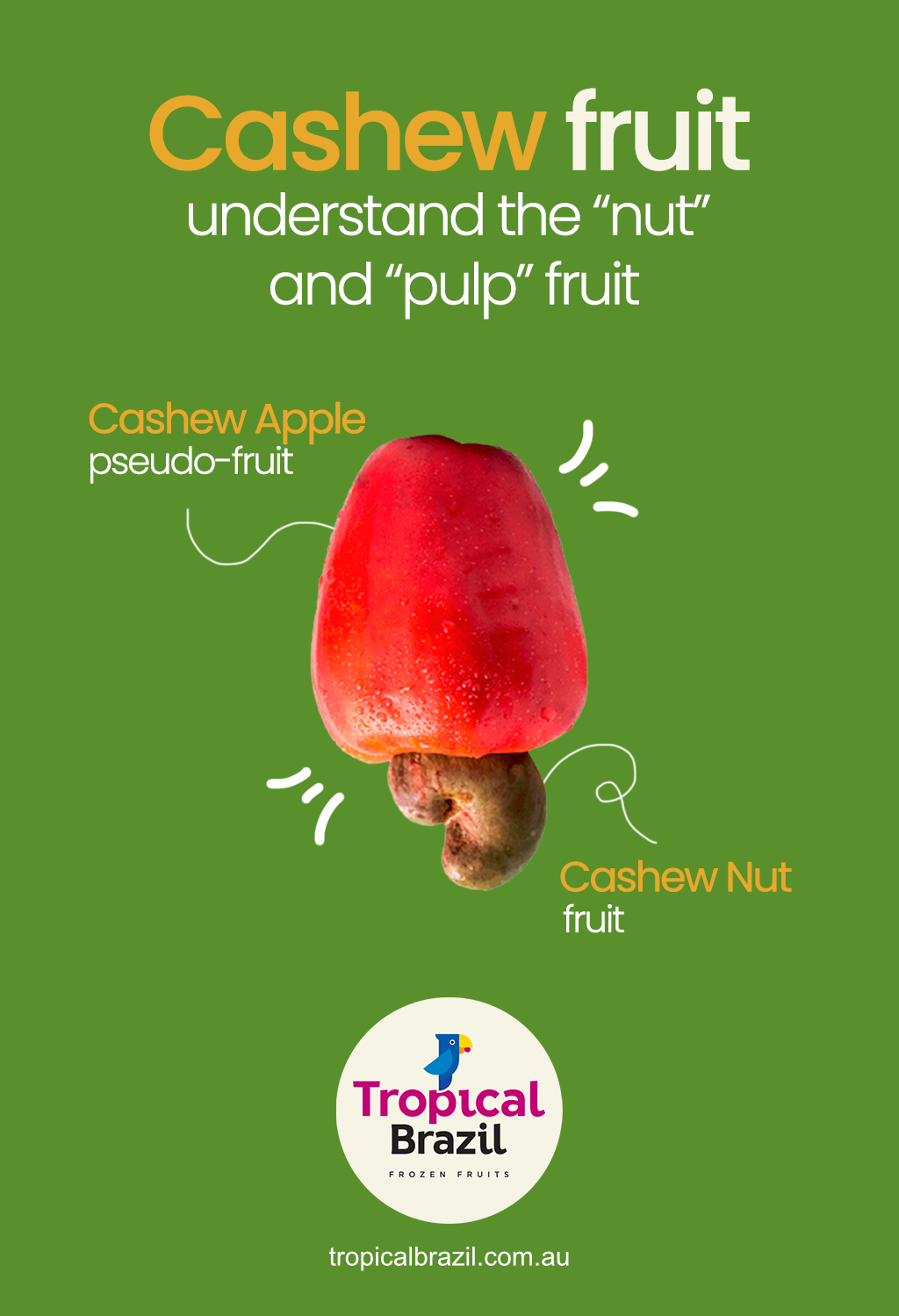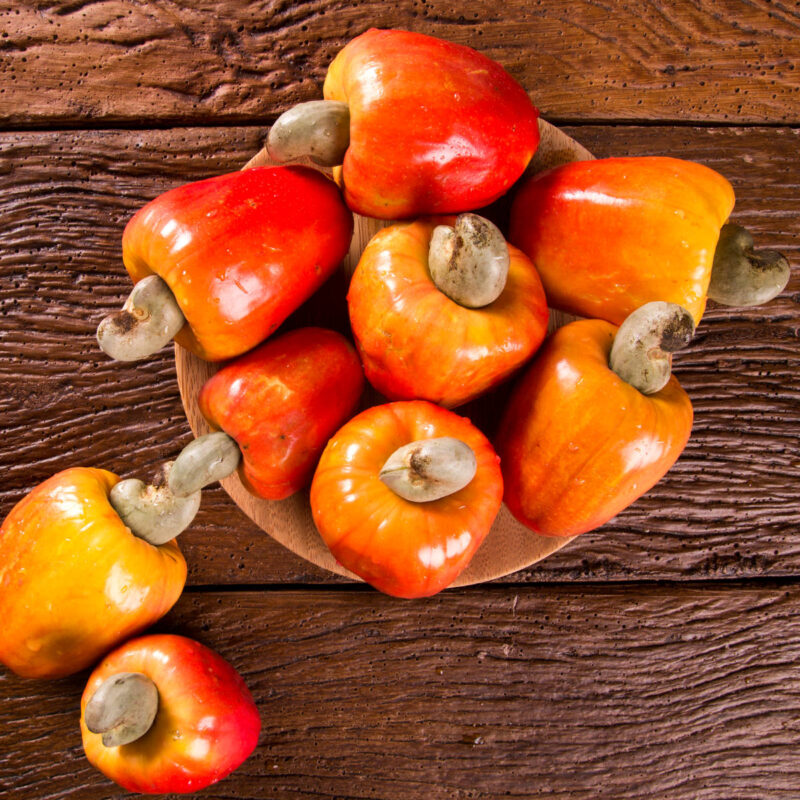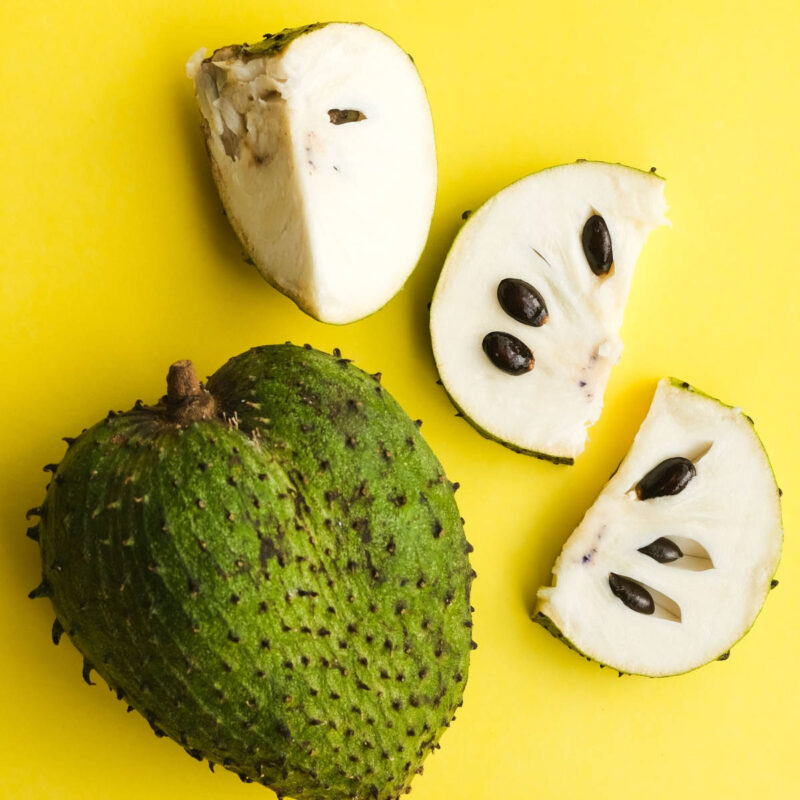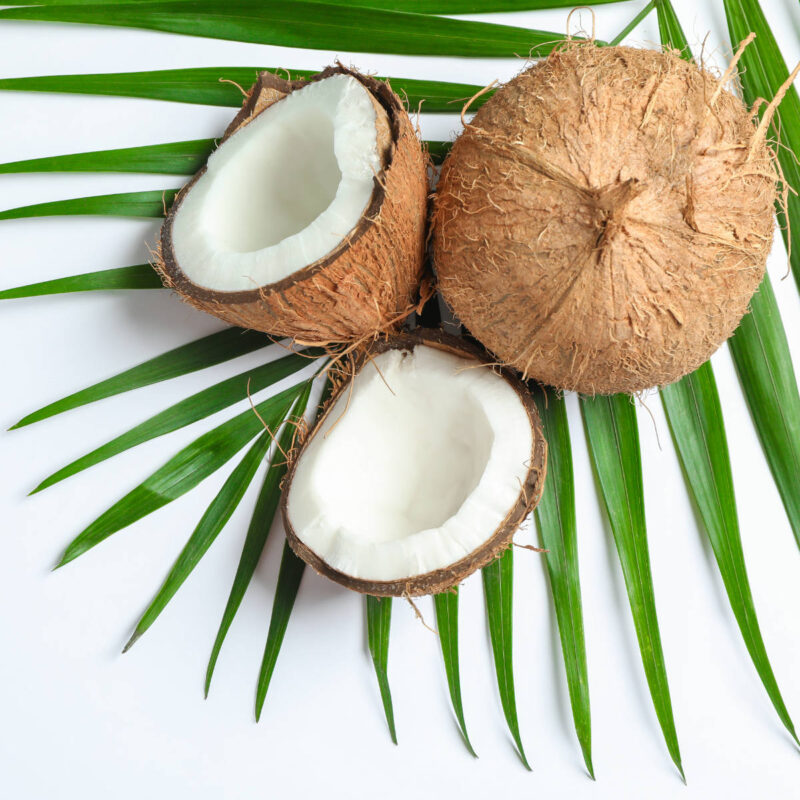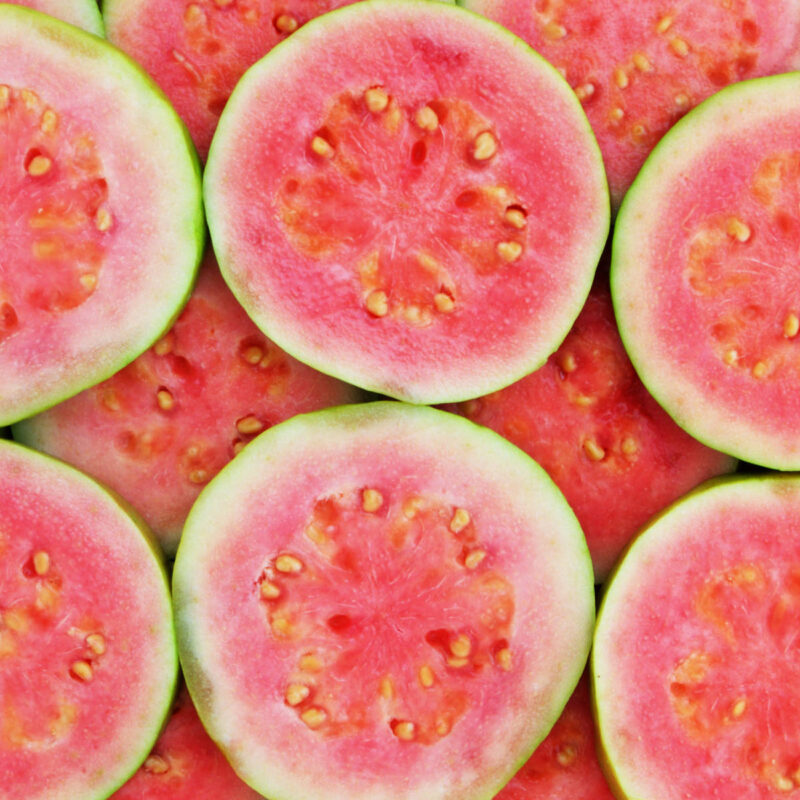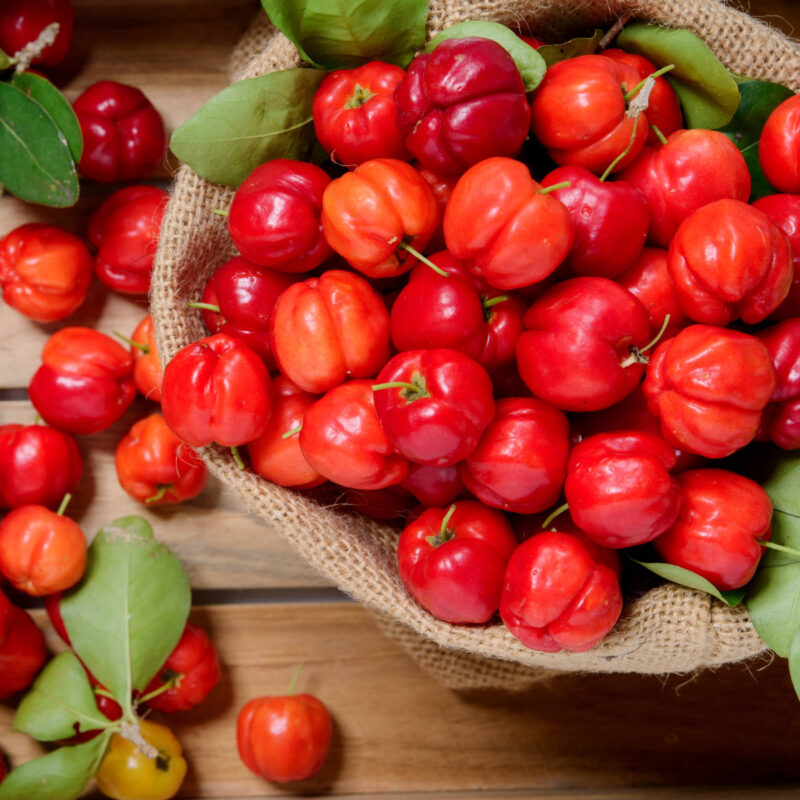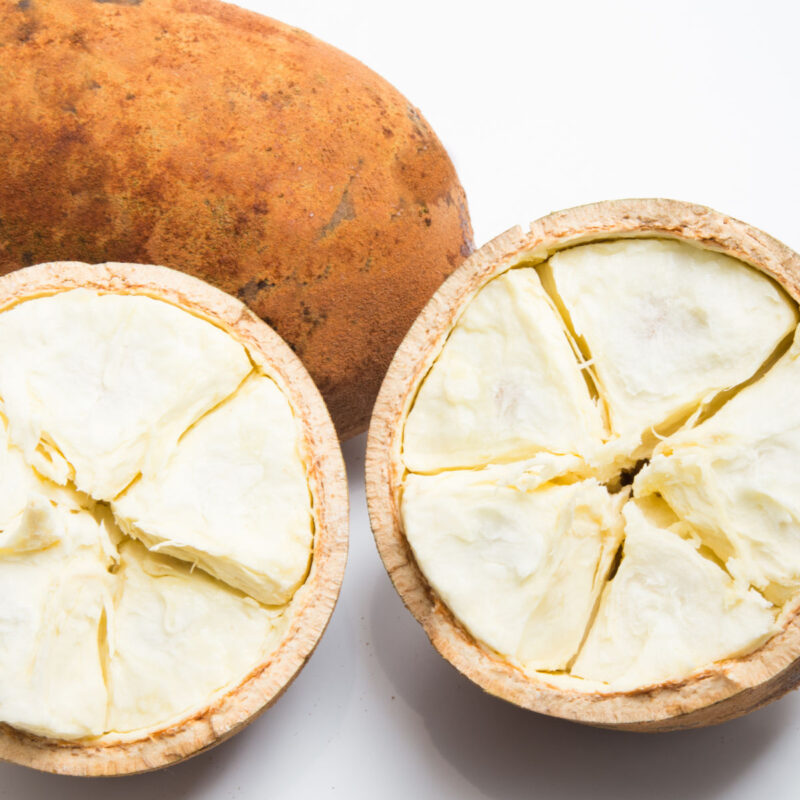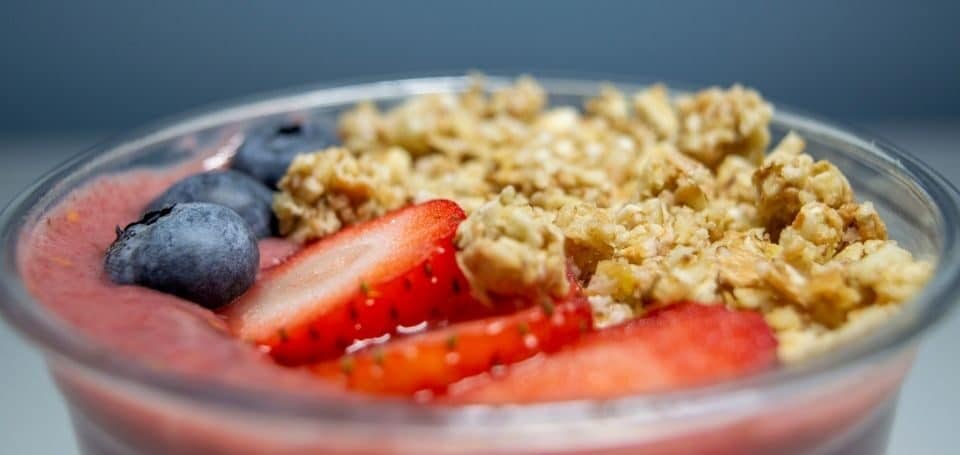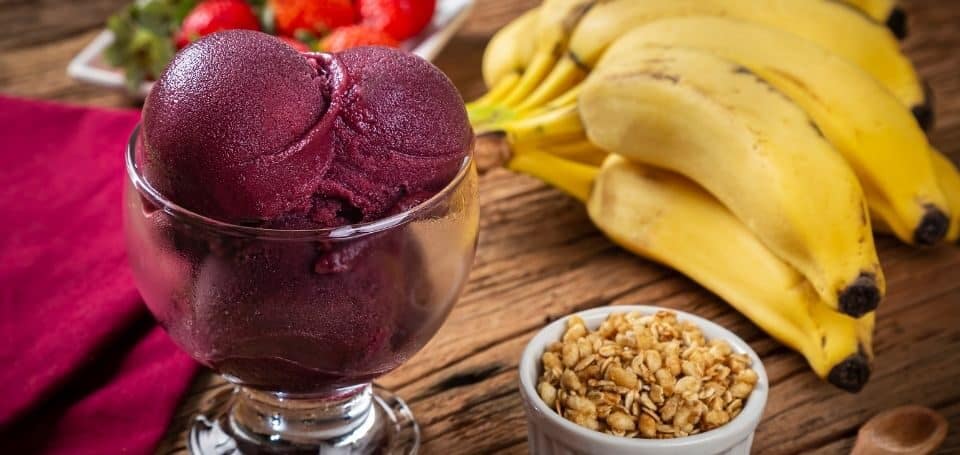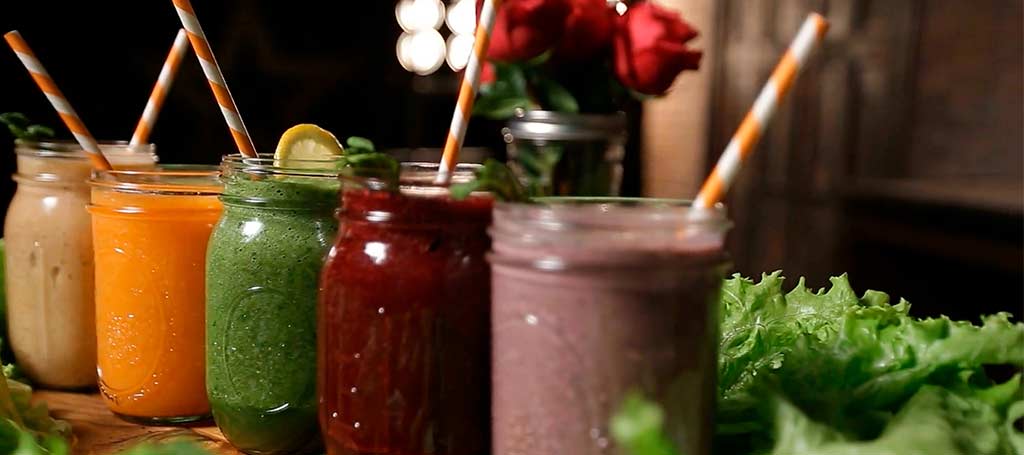
Fruit pulp juices – 9 healthy ways to make yours
December 14, 2022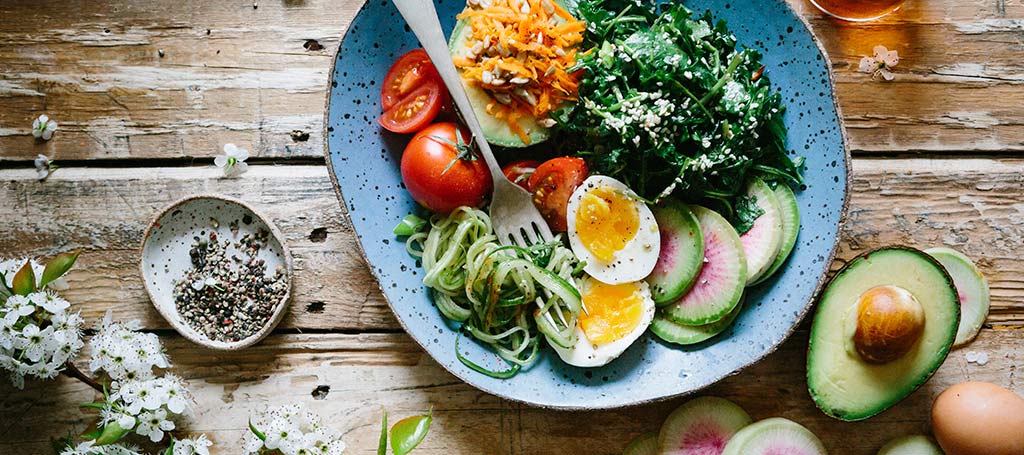
Top 13 Foods Rich in Antioxidants for a Healthier You
February 4, 2023Cashew fruit – healthy option beyond the nut
Cashew fruit – understand the “nut” and “pulp” fruit
Cashew fruit: did you know that there is a great curiosity about cashew fruit?
Yes, actually there is even a big confusion. What we in Australia call cashew fruit or sometimes, “cashew apple“, is actually a pseudo fruit or false fruit (pseudocarp).
Table of Contents
The real fruit is known in English speaking countries as ‘’cashew nut” or simply “cashew” and even in Brazil there is also this confusion, the natives usually call the real fruit “castanha de caju” ( something similar to “cashew nuts” to us).
Much of the confusion occurs because the cashew extension, this pseudo-fruit, shaped like a heart (or kidney) has all the visual characteristics of a fruit, its flesh is yellowish white, fleshy, juicy and rich in fibre. The taste is somewhat exotic, but delicious. To be more specific, the taste is a slightly tart sweet, it is commonly used for sweet dessert preparations and drinks.
share this post:
On the outside of the pulp there is a peel that has a colour ranging from yellow to red tones. Fruits in these colours are rich in carotenoids and so is the cashew nut.
Curious fact: Cashew fruit name comes from local indigenous tribe language “yu”, which means yellow.
Anyway, what we call cashew nuts is the real fruit and what we usually call cashew fruit or cashew apple is just an appendix and that is where we extract the pulp.
In other words, almost everyone is wrong. LOL.
The real Cashew fruit is a dried fruit with a hard shell and curved shape that after being dried and heated is usually eaten as a snack (cashew nut)
Searching for wholesale açaí products for your business? Register as B2B!
Cashew fruit – a healthy nut snack, milk, butter, sauce, juice and/or dessert option
Using the pulp, you can save time and money for juices and sauces preparation. Easy to storage and easy to use. With a little bit more “cuisine knowledge and curiosity”, you can use the fruit fresh or pulp to produce delicious cakes, mousses, jams, ice creams and other delicious sweet healthy based desserts.
Cashew fruit origin
The “cashew tree” is a native tree from the northeast of Brazil. Commonly known in Brazilian Portuguese as “Cajueiro”, and in scientific circles as Anacardium occidentale, it is the tree that provides us with this wonder of nature.
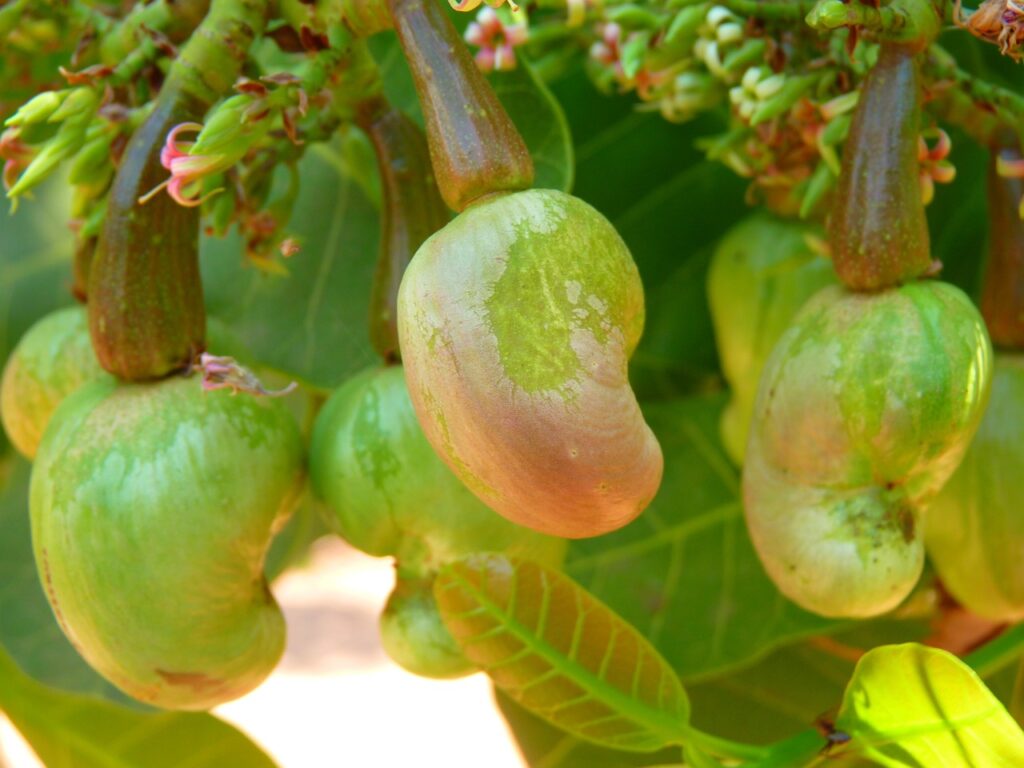
Cashew fruit in early stages
Although it is more common in some Central American countries, where its name is generally pepa or merey. Its consumption is also common in countries like Cuba or Colombia.
The cashew fruit also spread to many other regions of the world, such as India, Ivory Coast, West Africa and Vietnam, thanks to the Portuguese colonisers who took the seeds to India and Mozambique in 1568 and from there they were introduced to southwest Asia, reaching Africa in the second half of the 16th century. The United States made the first imports of seeds from India in 1905.
Major cashew fruit producers
Currently, the main world producers of cashew fruit, along with peanuts, walnuts, pistachios and hazelnuts, are Vietnam, India, Nigeria, Ivory Coast, Brazil and Indonesia.
On the other hand, if we count only cashew fruit, the world’s largest producer has been Brazil, its place of origin, although India currently seems to surpass it in terms of export volume. Although this fruit is produced in Cuba or Colombia, it is also imported from other producing countries.
In the early 1990s, cashew nut exports began to increase and it is now one of the most consumed snacks in the world.
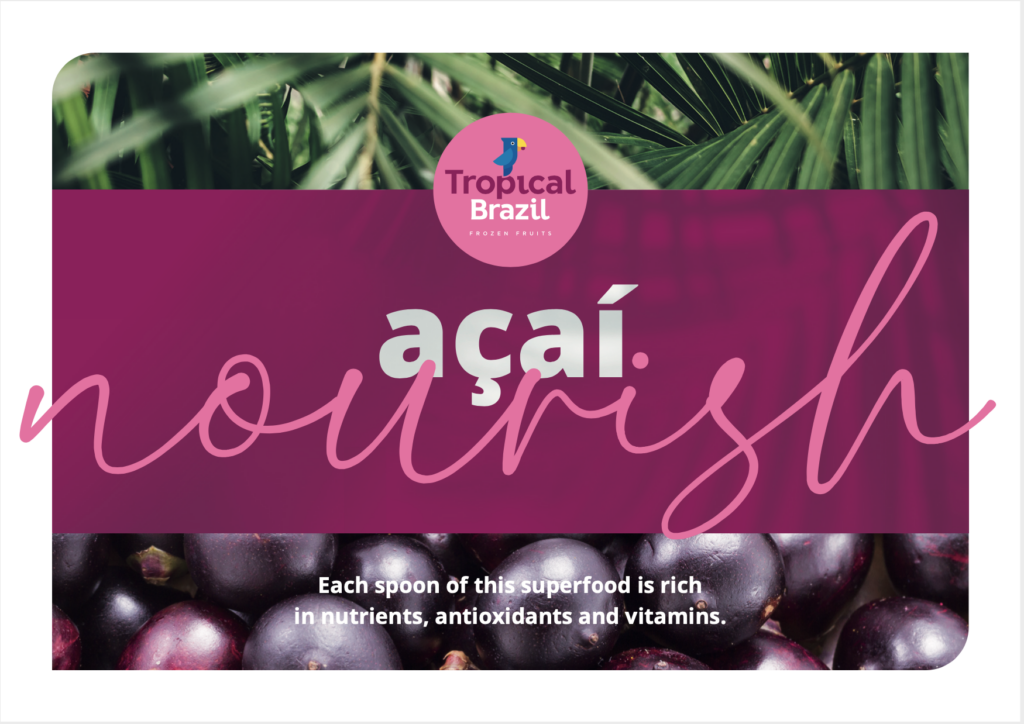
Improve your Menu with 4 vegan recipes!
Açaí Nourish - mini eBook
This mini ebook was also created with inspiration from the flavors of the Amazon, but now we have separated 4 totally vegan recipes that are highly refreshing, nutritious, and loaded with antioxidants.
Each spoon of this superfood is rich in nutrients, antioxidants and vitamins.
Health benefits of cashew fruits
Prevents premature ageing
Because it is rich in antioxidants such as polyphenols, carotenoids and vitamin E that prevent free radical damage to cells.
Prevent heart disease
Because it contains mono and polyunsaturated fats, fibre and antioxidants that favour the increase of “good” HDL cholesterol and help reduce bad “LDL” cholesterol.
Regulate blood sugar
It is rich in fibre, which slows down the absorption of sugars, avoiding glycaemic peaks, and may reduce the secretion of insulin, making it an excellent option for diabetics or people with insulin resistance.
If you are diabetic or pre-diabetic, seek professional consultation before eating fruits like cashew and acai. The key is not to overdo it.
Memory enhancement
This is because it contains selenium, a micronutrient that acts as an antioxidant and prevents free radical damage to brain cells. In addition, it also contains vitamin E which can help prevent diseases such as Alzheimer’s and Parkinson’s.
Prevent or improve depression
Because it is rich in zinc which, according to some scientific studies, is a mineral whose deficiency has been associated with this condition.
Strengthen the immune system
Strengthens defences because cashew contains zinc, vitamin E and A.
Prevent osteoporosis
Because it contains calcium and phosphorus, these minerals are important for maintaining or increasing bone density.
Prevent and treat anaemia
It prevents anaemia because this fruit is rich in iron and folic acid.
Maintain healthy skin, hair and nails
Because it contains copper, selenium, zinc and vitamin E, essential nutrients to protect the skin, promote the growth and hardening of nails and improve blood circulation in the scalp.
How can cashew fruit be eaten?
Due to its properties, all parts of this semi-acidic fruit are used in different areas, from the production of sweets and cosmetics to the creation of medicines to treat various diseases.
Cashew fruit is widely used in confectionery. Moreover, it has many healthy food properties and it is highly recommended to add this fruit to our diet.
Furthermore, the cashew apple is used to make jams, preserves, jellies, wine, vinegar, juices and is consumed as fresh fruit.
We can say that the “fruit” is not only used to make different sweets. It is also used for the production of cosmetics, as well as in the pharmaceutical industry.
The best known and most consumed part in Europe, which are the seeds, should be noted that they contain large amounts of vitamin C. In countries like Cuba or Colombia, its consumption is also widespread thanks to the known medicinal benefits of this fruit.
In Australia, the use of cashew fruit as a healthy option is even present in sauces (like pesto) and drinks (like milk).
Using the pulp, you save time and money in preparing juices and sauces. It is easy to store and easy to use. With a little more “cooking knowledge and curiosity”, you can use fresh fruit or pulp to produce delicious cakes, mousses, jellies, ice creams and other delicious sweet and healthy desserts.
Complement your menu by adding healthy meals and drinks made from cashew fruit pulp, not just the famous cashew nut.
Sometimes the fruit can produce allergic reactions. In case of any doubts, always consult your physician.
The cashew fruit pulp from Tropical Brazil is natural, made with premium quality fruit from the Amazon Rainforest. It is a 100% natural product, rich in potassium, phosphorus and vitamins A, B and C. It is easy to prepare juices, smoothies and delicious desserts. A perfect product for those who like to create their own recipes. If you have a business and wanna buy wholesale frozen fruit, register now.
Complement your menu by adding cashew fruit pulp based prepared healthy meals and beverages, not just the famous cashew nut.
Extra Topic: A curious fact about Cashews: the largest Cashew tree is located in Parnamirim city, 12 kilometers south of Rio Grande do Norte’s state capital Natal. Supposed to be planted local fisherman in 1888, this tree covers 7,500 m2 of area (81,000 sq ft).
